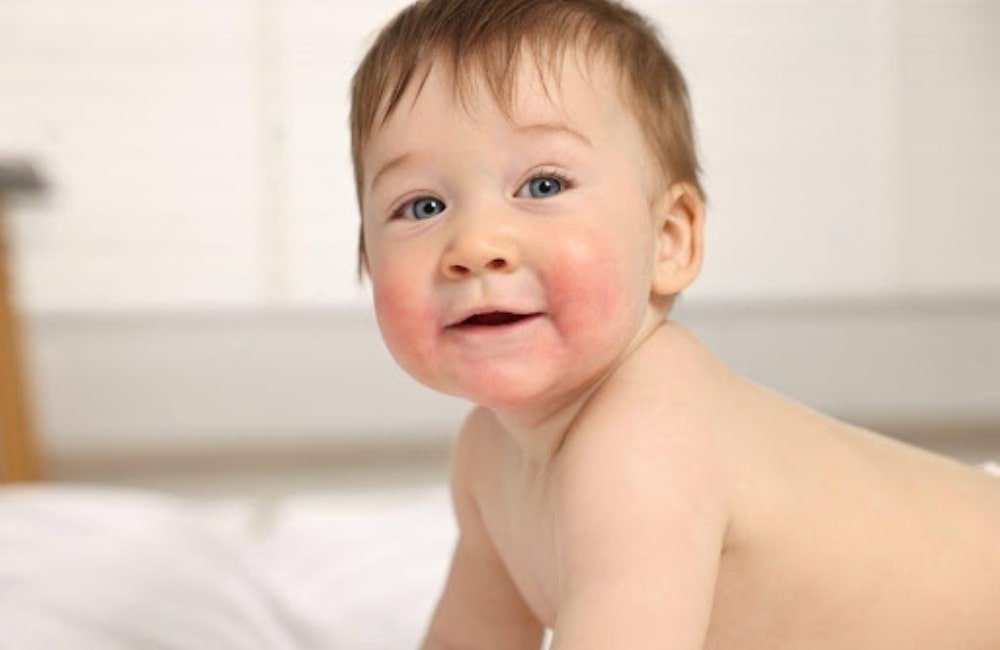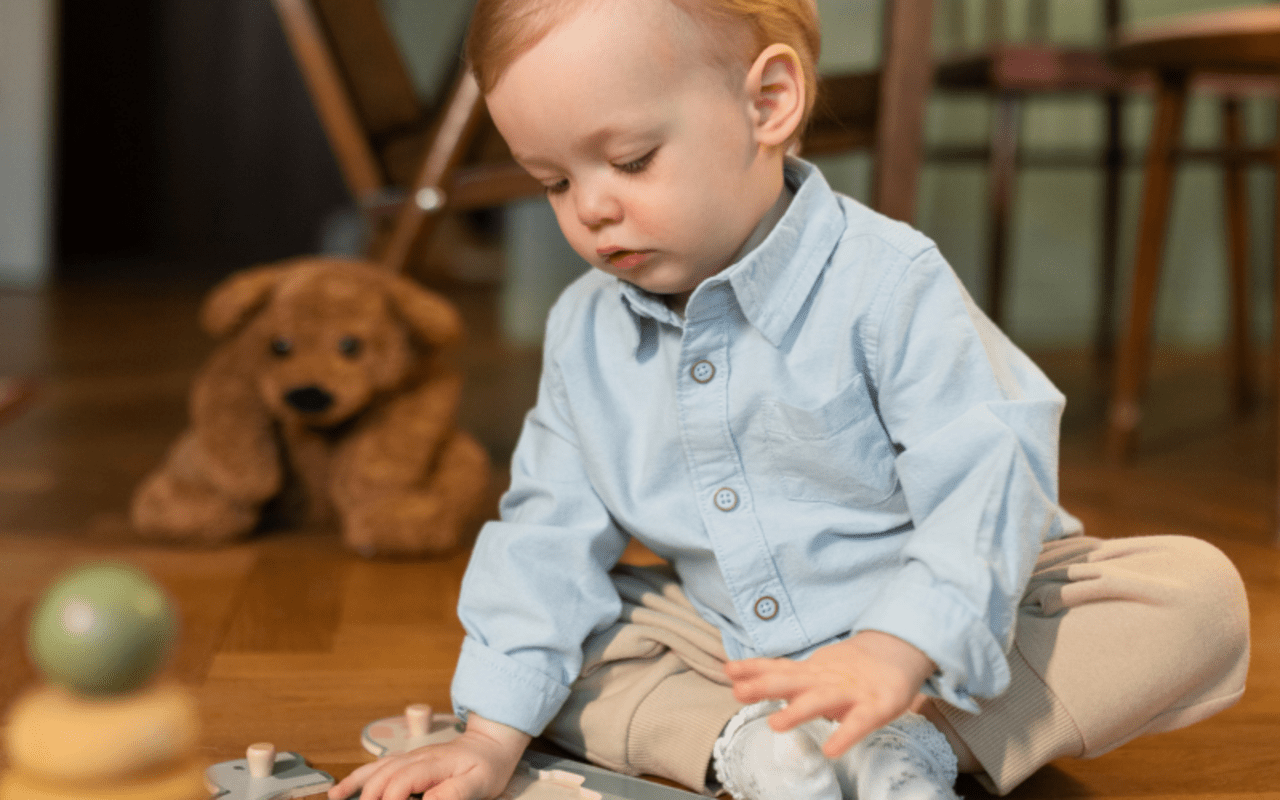I bet your baby has been diagnosed with a cradle cap, but you don’t know much about it. That’s why you are here. Instead of representing generic information you may have heard from your relatives or doctor, I am supposed to tell you six uncommon pieces of information about this skin condition in your baby. So, sit tight and read this guide carefully.
Moms Must Know These Things
First, keep this piece of information in mind that the cradle cap is not contagious. Meaning that it cannot spread from person to person through touching, using items of the affected person, or small respiratory droplets (expelled when someone laughs, sneezes, or coughs).
1. It is Neither Contagious Nor Harmful
Also, it is not harmful in general (moderate condition). As we used to do with those affected by COVID-19, you don’t have to quarantine your baby due to the cradle cap. Let him/her play, eat, and sleep with other children.
2. It is As Common As Fever
Around 75% of adults get moderate fever, according to research. On the contrary, around 70% of 3-month-old babies get cradle caps. However, this percentage changes according to age. Around 10% of infants who are one month old and 7% of infants who are 1 to 2 years old get this skin condition. You see, it is very common, but most of the moms are unaware of this name.
I bet you know about dandruff. Yes, those pesky flakes that cause discomfort when they fall on the shoulders. This same condition, but with slightly severe symptoms, is known as Cradle Cap in children. And their parent condition is known as Seborrheic Dermatitis.
3. No One Knows The Exact Cause

No one knows exactly what induces a cradle cap in babies. Some possible factors may contribute to this condition. However, no one can tell that this is what causes the cradle cap in your baby. If parents got it when they were infants, their child is at high risk of being affected. If there is a family history of atopic dermatitis, the new generation will likely get this condition. A yeast, Malassezia, is a prime suspect. However, hormonal transfer, immune system development, and high sebum production may also contribute to cradle cap symptoms.
4. Maternal Stress May Contribute To Cradle Cap
Stress from the mother during pregnancy can also affect the newborn’s health. Stress during pregnancy can cause mental health issues in babies. It can even lead to premature birth and low birth weight. Maternal stress is not the primary cause, but it increases the risk of eczema, cradle cap, and other issues.
5. It Can Indirectly Lead To Hair Loss
This is a myth that cradle cap or dandruff causes hair loss. Still, it can lead to this condition indirectly. The cradle cap does not itch, but it increases the urge to scratch to remove flakes. Frequent scratching weakens hair follicles, and thus, it can contribute to hair loss. But don’t worry, that loss is temporary. Still, it is better not to scratch the scalp or other affected areas. Instead, gently use a brush with soft bristles to comb out flakes.
6. Treatment is As Easy As Feeding Your Baby
As you know, doctors know that no one knows its exact cause. That’s why they recommend some generic treatments according to the severity of symptoms. If the condition is not harmful and someone still wants to treat it, why visit a doctor when OTC (over-the-counter) treatment is available?
Take the example of the shampoo for cradle cap created by Dr. Eddie Valenzuela (A Pediatrician), the first ever OTC shampoo and body wash for Seborrheic Dermatitis. Use it two times a week to see visible results. Cut the usage to one time a week when flakes start fading out. Using a brush to remove flakes is optional. This shampoo alone is enough.
Factors To Know When Dealing With Cradle Caps in Babies
Prevention is as important as treatment. I highly recommend sticking to these factors when dealing with seborrheic dermatitis in your baby.
- Avoid sweating. Keep your baby away from heat and direct sunlight.
- Do not expose your baby’s skin to irritants and allergens.
- Keep the air moist with a humidifier (optional).
- Avoid natural oils because they could be strong for your baby.
- Use only medically approved products when approaching babies’ delicate skin.
- Wait for some days and see if it fades out without treatment. If it spreads, get the treatment. A complete cure will also take some days.
Final Words
Being a harmless condition, it cannot cause any damage to babies. Still, it panics a lot of moms. The information represented in this article will help you a lot to cope with the strain of cradle cap symptoms. I hope you learn much more about cradle caps in babies you might not find anywhere.


